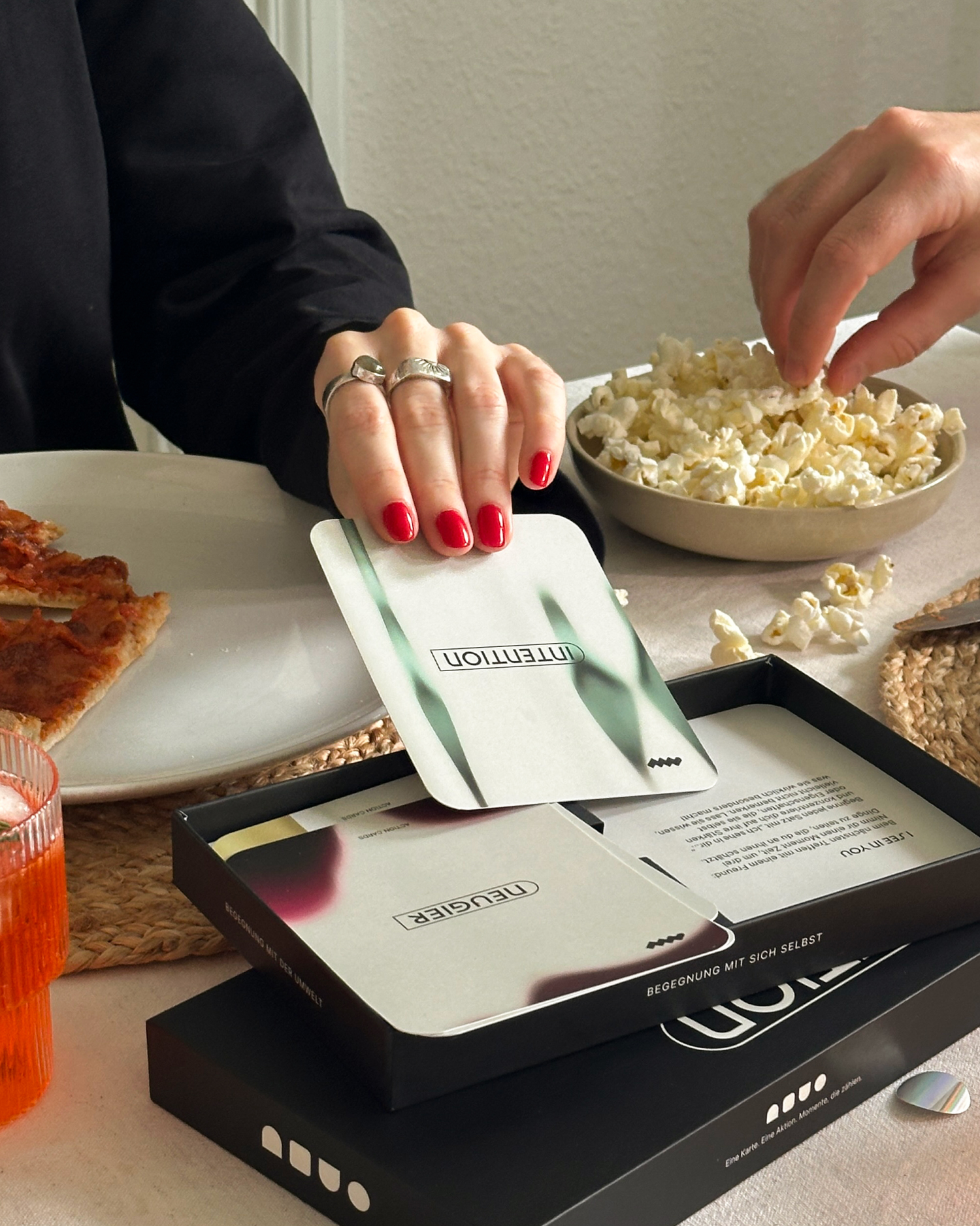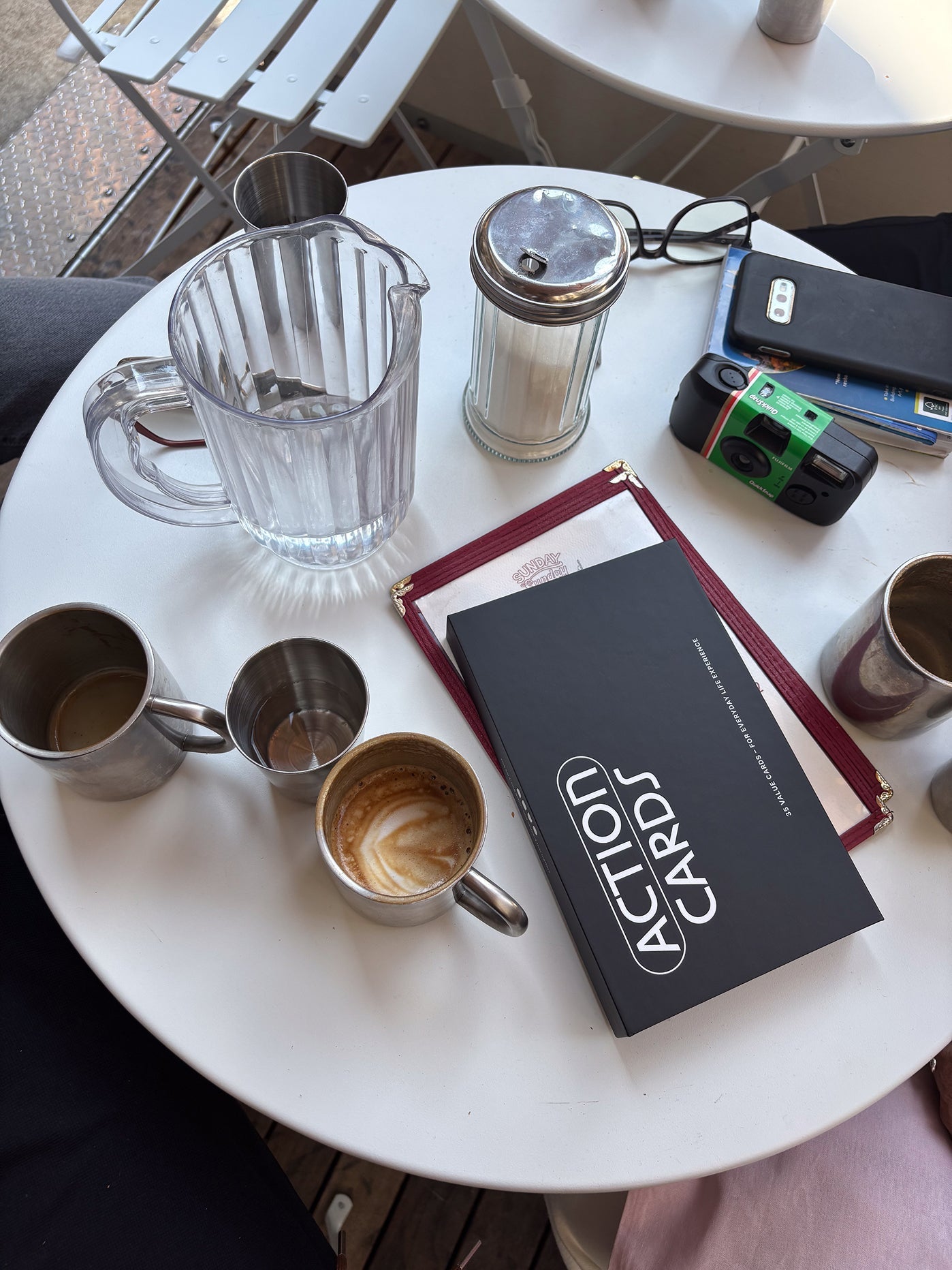Empathy in relationships: speaking, listening, staying connected
Sometimes a glance is enough – and you understand each other. Sometimes not. Empathy is the bridge between the two: It connects head and heart, I and you, language and silence. Here you'll learn how empathy provides orientation in relationships, in teams, in social work, or in sales – without losing yourself in the process.
"Empathy isn't just niceness—it's relationship skills. It makes us clear, present, and capable of action."
Empathy communication: how to speak to create a connection
Empathy in a relationship begins with listening. Not to respond—to understand. This sounds simple, but it's a practical approach. The following steps will help you in relationships, team meetings, client discussions, or social work.
- Echo instead of judgment: “I hear that … is important to you and that … moves you.” First reflect, then take a stand.
- One more question: “What haven’t I asked yet that would help you?” Unexpectedly connecting.
- I-messages: “I am unsure and wish…” – clear, respectful, without guilt.
- Define boundaries: “I want to understand – and I need a short break.” Empathy without loss of self.
Empathy in partnership, in a team, in sales: Examples
- Relationship: Arguments over trivial matters? Agree on a 5-minute echo: one person speaks, the other merely mirrors. Then swap roles—and only then find solutions.
- Team/Work: Start the meeting with a statement to set the mood. Don't fixate, just observe – it increases focus and trust.
- Social work: Resource perspective: “What worked despite everything?” Appreciation creates room for maneuver.
- Sales: Change of perspective: “If I were a customer – what would I need right now?” From feature to true needs orientation.
Develop empathy: cognitive, emotional, compassionate
Empathy has multiple facets. Cognitive empathy understands the perspective. Emotional empathy empathizes without merging. Compassionate empathy combines the two and asks, "What helps you now?" The ability to stay with yourself—self-empathy—holds the whole thing together.
"Self-contact is the root of empathy. Those who know their own signals can better hear those of others."
Exercise: SONDER – the view that broadens relationships
"Sonder" reminds us: Every stranger has a life as vibrant and complex as yours. Try it today:
- Choose a person in a café or on the train.
- Imagine: What is she dreaming about? What is she struggling with? What joy did she experience today?
- Conclude inwardly: “Your life is great – like mine.”
Want to delve deeper? This short video from the Dictionary of Obscure Sorrows brings "Sonder" to life.
3 mini-rituals for more empathy in everyday life
- 30-second check-in: "What am I feeling? What do I need?" before a conversation or meeting.
- Perspective change note: After discussions, a line: “From X’s perspective, it was important…”
- Values Friday: “Where did I act empathetically this week – and where not?” Short reflection, alone or in a team.
How the MfW embodies empathy
At the Museum of Values, we have been collaborating with The Art of Embodying Change GmbH for years. We combine embodied practices (How do I experience the world?), aesthetics (What touches me?), narrative (What story am I telling?), and relationality (How good is our relationship?). Not just understanding— embodying .
Empathy communication in the team: small formats
- Setting the mood: One sentence to start. No pressure—just space.
- “If we were customers…”: A change of perspective in every decision.
- Story mining: Share a short story weekly in which empathy helped.
"Empathy creates closeness – clarity maintains it. The two together make relationships sustainable."
Your next step
Got the theory? Now you can feel it. Choose an exercise—echo, one more question, or "special"—and try it today. Notice what changes within you and between you.



